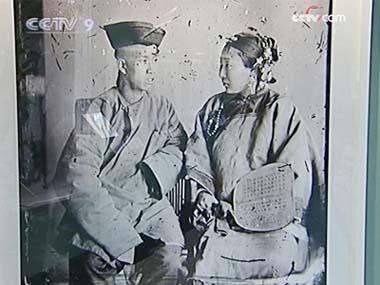According to the show's curator Betty Yao, these intimate moments between people were that much harder to capture given that Thomson had to travel with cumbersome equipment and glass-plate negatives. And there's also the fact that Thomson managed to overcome his own language disadvantages, and was using a medium of communication that often aroused suspicion.
Curator Betty Yao said, "Most of Chinese thought that the camera would take out their soul."

John Thomson, who lived between 1837 and 1921, was a pioneering Scottish photographer, geographer and traveller. He was the first known photographer to document the people and the landscape of China for publication and dissemination to the Western world.
Between 1868 to 1872, he travelled extensively from Guangdong to Fujian, and then to eastern and northern China, including the imperial capital Beijing, before heading down to the Yangtze River, covering a total of nearly five thousand miles.
When he returned to London, Thomson took up an active role informing the public about China, which earned him the moniker "China" Thomson.
The 150 images on show are all from the Wellcome Library's collection. The great majority of his photographs have never been exhibited. That's what impelled Betty Yao to bring these photographs to the place where they were taken.
Even though the photos were taken more than a century ago, many believe that the photographs are still inspiring to Chinese people of today.
The exhibition opened at Beijing's World Art Museum on Wednesday and will run until May the 18th.
(CCTV April 20, 2009)